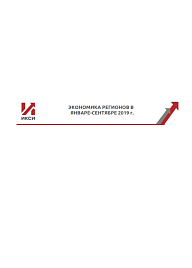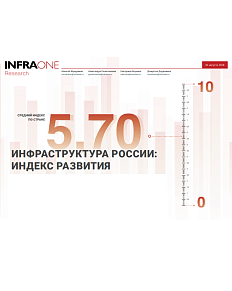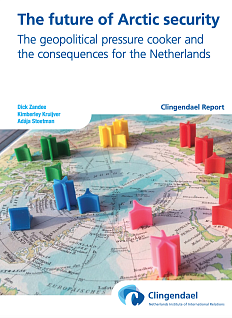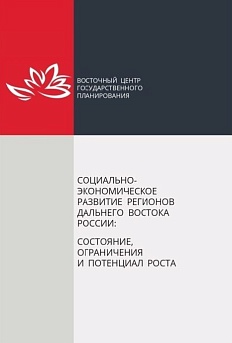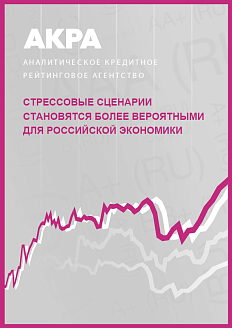The publication by the Institute for Complex Strategic Studies (ICSS) provides an analysis of a range of indicators which reflect the current economic conditions in Russian regions. The authors study the dynamics of output in main sectors of the economy (agroindustry, manufacturing, construction, retail, and fee-based services provided to the public) and the overall situation in these sectors. Also, the report includes a detailed analysis of the situation in specific federal districts and regions.
Changes in output in main economic sectors
An analysis of output figures indicates a considerable improvement in the agroindustry. The rate of growth here was +3.6% year-on-year compared to 3.3% a year earlier. Most other sectors, the researchers found, either stagnated or showed a negative growth (like fee-based services).
Regional variations in output dynamics in main economic sectors
The authors point out that some regions demonstrated a decline in agricultural output despite the improvement on a national scale. While the Kaliningrad Oblast achieved a record high growth (+26.2% in the period from January to September year-on-year), the Jewish Autonomous Oblast saw a sharp drop in output (39.9% year-on-year). According to the authors, the reasons for such a wide gap are numerous and include weather conditions, differences in regional investment activity, variations in support programs for agricultural producers, etc. A similar situation is found in construction where the rates of growth in the volume of construction works differed greatly between the regions. Based on the results on Q1-3 2019, most of the regions fall into two large groups. While 34 regions demonstrated a steady growth in construction (+5% or more), another 34 regions had a sharp decline (5% or more). The authors link this dissimilarity with low investment in many Russian regions.
Importantly, in manufacturing the majority of regions demonstrated a steady growth, in marked contrast with retail and the fee-based services sector which showed stagnation or decline.
Number of Russian regions with growth, decline, and stagnation in output in main economic sectors between January and September 2019

Overall situation with regional output
The publication also provides an analysis of economic indicators of Russias federal districts. The Central Federal District and Volga (Privolzhsky) Federal District were the most successful from the point of view of output in the five sectors under analysis. In these districts, only the fee-based services were stagnating, while the other sectors showed a growth. The situation in the Ural Federal District was found to be the most difficult.
On a regional scale, the most favorable economic situation was found in the Republic of Crimea and the Tula, Penza, Leningrad, and Sakhalin Oblasts. In each of these five regions, none of the sectors was in stagnation and at least one sector demonstrated a growth of at least 5% year-on-year. At the same time, the situation in some regions, such as the Astrakhan and Novgorod Oblasts, and the Republic of Buryatia, causes concern as four out of the five sectors there showed a decline.
In conclusion, the authors note that over the period from January to September 2019 as many as 14 regions showed an improvement in output growth rates in all the five sectors, which is a better result compared to 2018.


